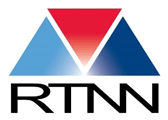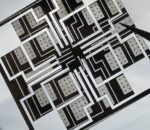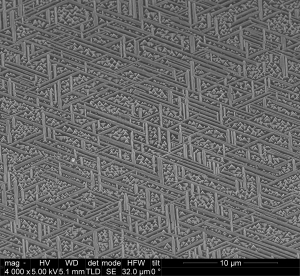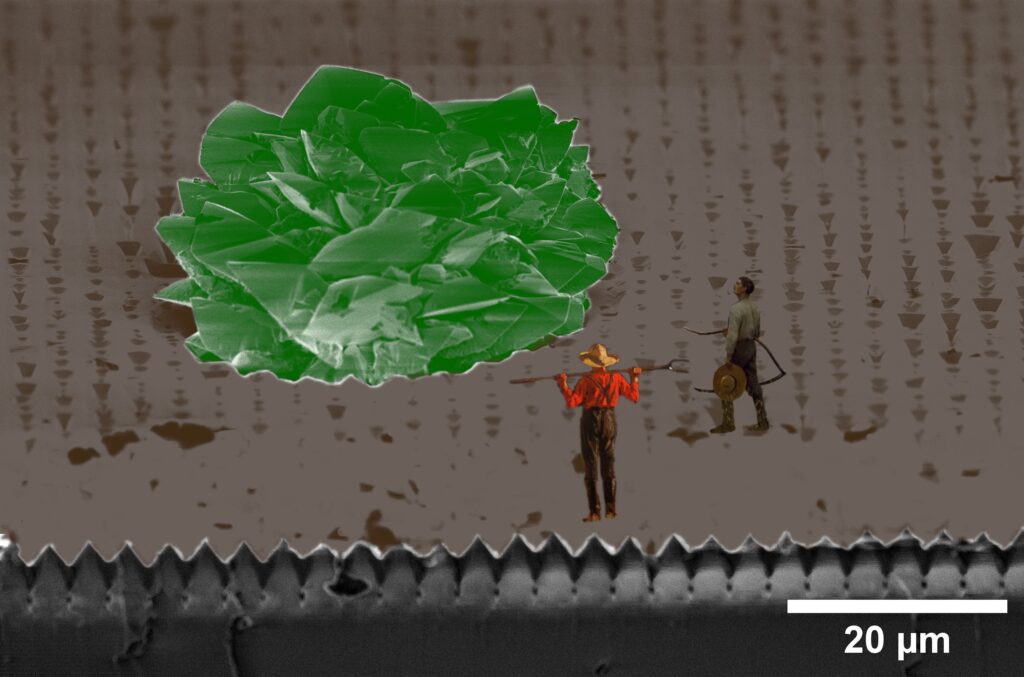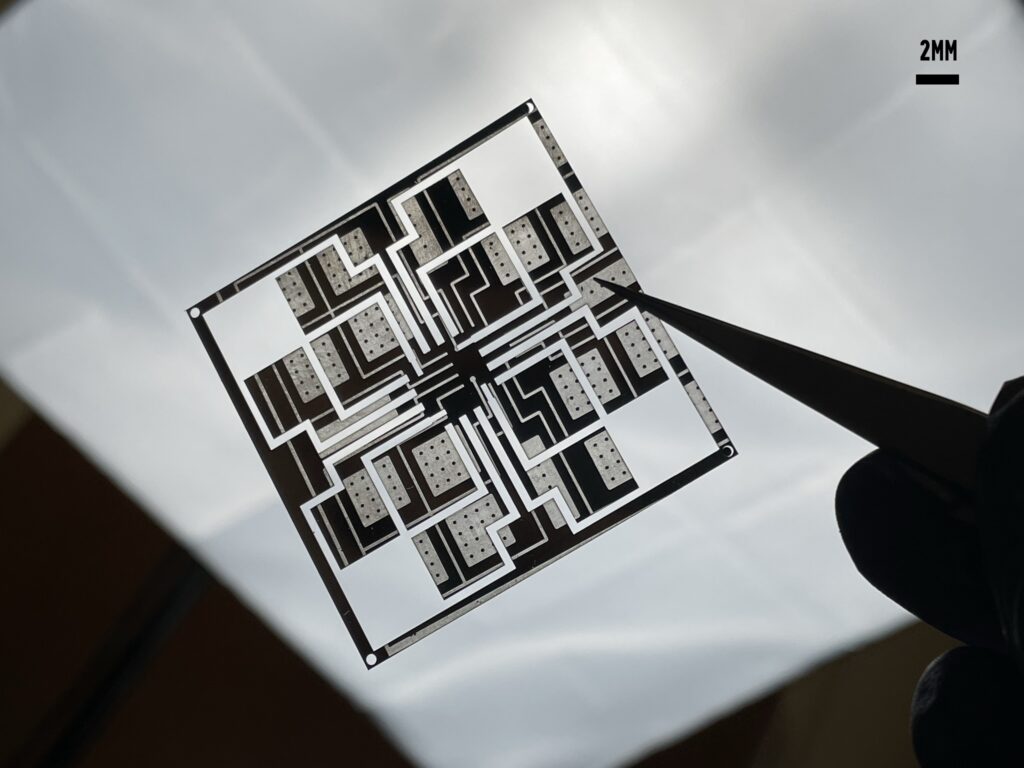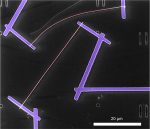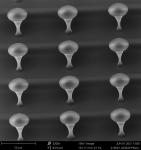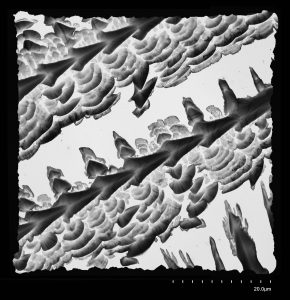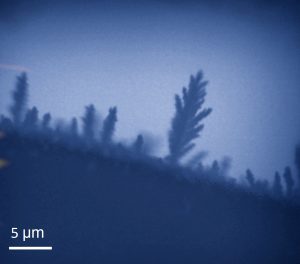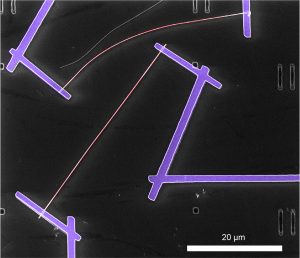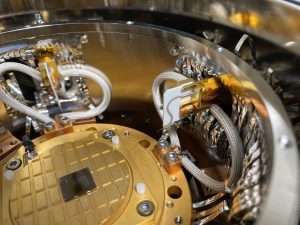Our congratulations go out to Amar Kumbhar and Emily Moreno-Hernandez for winning national awards from the National Nanotechnology Coordinated Infrastructure (NNCI) in these award categories: User Support (Kumbhar, T and Education and Outreach (Moreno-Hernandez).
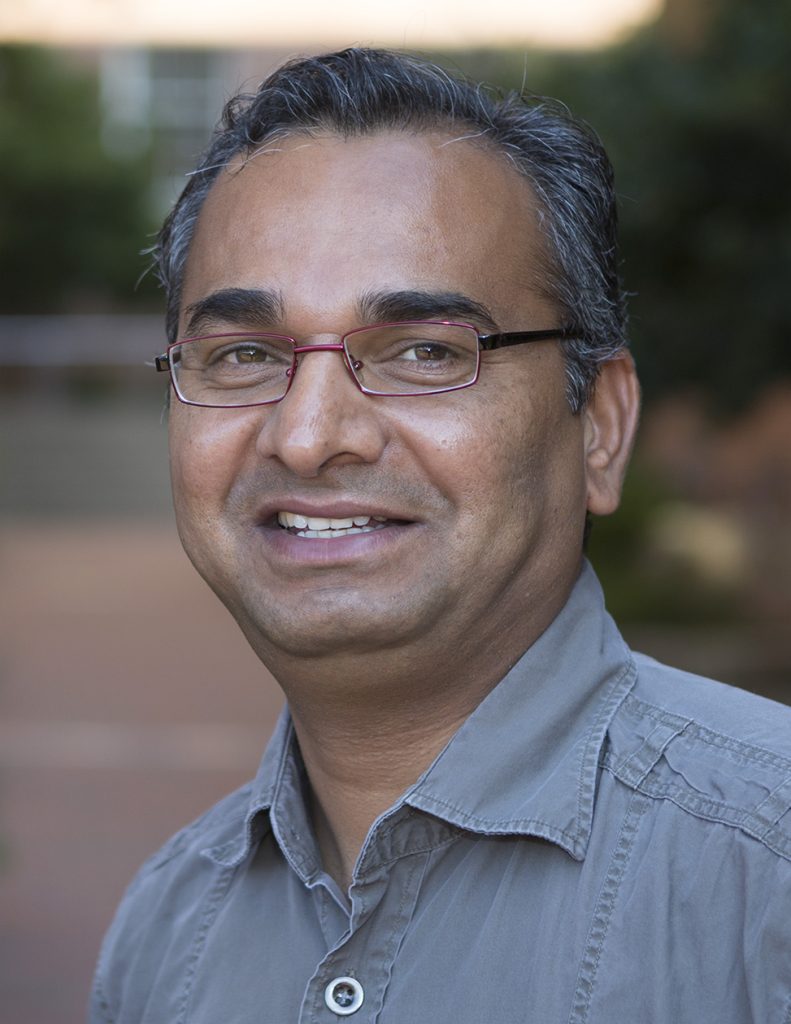
Amar, currently a Research Associate in the Chapel Hill Analytical and Nanofabrication Laboratory (CHANL), he has provided exceptional technical support for 15 years. This support includes training and maintenance on SEM, TEM, FIB and AFM, as well as preparing samples for electron microscopy analysis. Despite being the only staff member in CHANL that manages these tools, Amar is able to provide exceptional services to a broad range of users. His broad knowledge of characterization techniques, material types, and specimen preparation techniques has enables him to interface with and provide exceptional support to a wide range of institutions and departments, thereby facilitating convergence in the RTNN. For instance, he has worked with 11 departments at UNC, including some unconventional departments such as anthropology, dentistry, geology, and dentistry. In the last four years, he has provided technical support to 16 other universities and 25 companies. In this time frame, he has supported 384 users, including 295 internal, 50 external academic, and 39 industry. In many cases, his support for users has led to co-authorship in research collaborations where he has used his expertise in electron microscopy techniques to study unique materials systems.

Emily is a Program Coordinator at Duke University’s Shared Materials Instrumentation Facility. Using her lived experience as a former science teacher, Emily has significantly enhanced our communication with and outreach to local schools. Emily’s exceptional leadership and contributions to the Duke and RTNN Outreach team over this past year has led to significant growth in the number of outreach activities and participating students, educators, and researchers. This past year Emily coordinated and participated in 62 outreach events that served over 3600 students and educators, including 26 group visits to the Duke SMIF facility, 24 visits of the SMIF Outreach team to regional schools, libraries and community centers, and 12 live virtual events. Emily manages and operates our portable SEM, used for both in-house demonstrations and off-site, to bring nanotechnology equipment directly to the public, particularly aimed at serving underrepresented, low income, and rural populations.
Keep up the good work!
